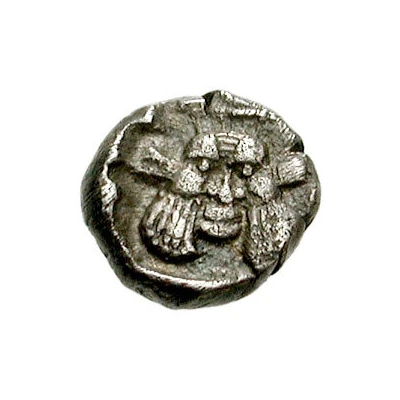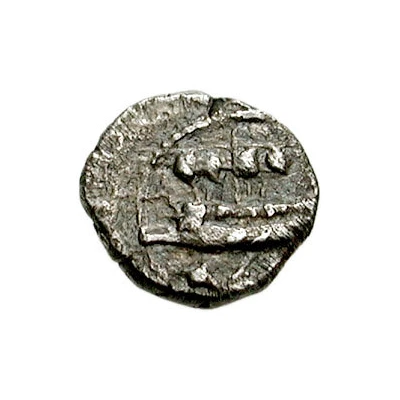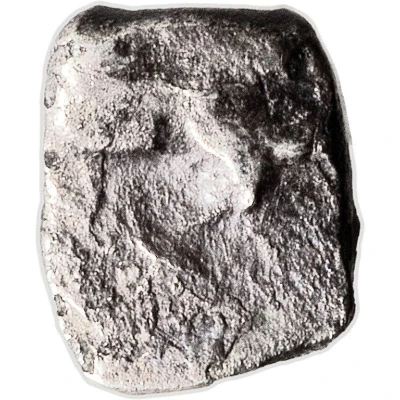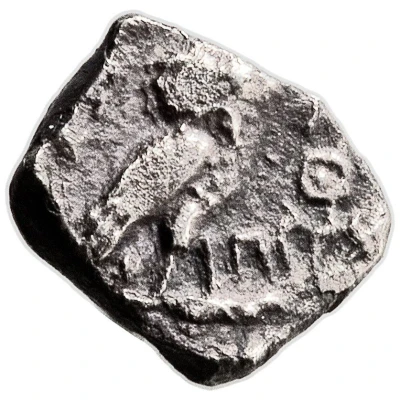Ma'ah-Obol - Bdyehibel Samaria 539 BC - 332 BC
| Silver | 0.61 g | - |
| Issuer | Satrapy of Samaria (Achaemenid Satrapies) |
|---|---|
| Type | Standard circulation coin |
| Years | 539 BC - 332 BC |
| Value | 1 Ma'ah-Obol = 1⁄24 Shekel |
| Currency | Shekel (539-332 BCE) |
| Composition | Silver |
| Weight | 0.61 g |
| Shape | Round (irregular) |
| Technique | Hammered |
| Demonetized | Yes |
| Updated | 2024-10-10 |
| Numista | N#98606 |
|---|---|
| Rarity index | 100% |
Reverse
Persian king walks right, wearing jagged crown and kandys, holds bow in left hand and arrows in right, three more arrows visible over king's shoulder, border of dots
Comment
The name Bdyehibel appears on several coins, but it is not yet fully understood or related to a person.David Hendin Guide to Biblical Coins Fifth Edition, p 108
Interesting fact
One interesting fact about the Ma'ah-Obol - Bdyehibel coin is that it features a unique blend of ancient Near Eastern and Achaemenid Empire influences in its design. The coin's obverse side bears a Hebrew inscription, "Ma'ah-Obol," which translates to "a quarter of a shekel," indicating its value. Meanwhile, the reverse side features a stylized representation of a Persian king, likely King Darius I, who ruled the Achaemenid Empire during the time the coin was minted. This fusion of cultural elements reflects the complex history of the region and the influence of the Achaemenid Empire on the local Samarian population.



